Affiliate marketing is one of the most popular ways to generate passive income online, and it pairs perfectly with creating a blog or YouTube channel that targets a specific audience. By producing valuable content that resonates with a niche market, you can earn commissions by promoting relevant products and services. This guide will walk you through the process of building a blog or YouTube channel for affiliate marketing, explain how to target the right audience, and show you how tools like Claude AI or ChatGPT can help streamline content creation.
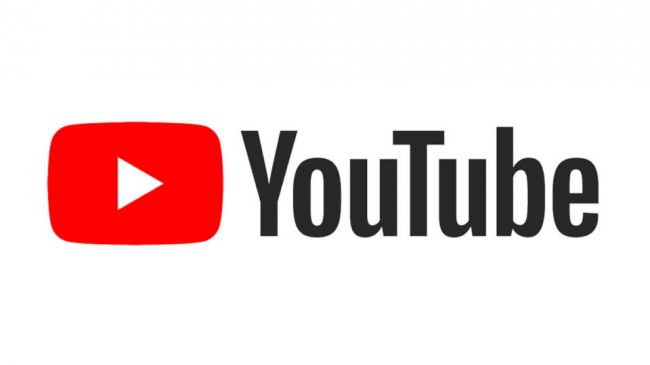
What Is Affiliate Marketing?
Affiliate marketing is a business model where you promote products or services and earn a commission on sales generated through your unique referral links. These links are provided by affiliate networks or companies directly. You get paid when someone clicks your link and makes a purchase, signs up for a service, or completes any desired action defined by the affiliate program.
The Power of Niches in Affiliate Marketing
Choosing a niche is critical to your affiliate marketing success. When you focus on a specific topic, you can create highly relevant content that resonates with a particular audience. Targeting a niche allows you to establish yourself as an expert, attract a loyal following, and improve your chances of converting readers or viewers into paying customers.

Some examples of successful niches include:
- Health and Fitness (e.g., promoting supplements, workout gear)
- Tech Reviews (e.g., reviewing gadgets, software, tools)
- Personal Finance (e.g., credit card reviews, investment platforms)
- Beauty and Skincare (e.g., promoting makeup, skincare routines)
- Outdoor Gear and Survival Equipment (e.g., hiking gear, camping tools)
The more specific your niche, the more likely you are to attract a targeted audience that is interested in the products you promote.
Starting Your Blog for Affiliate Marketing
1. Choose a Domain Name and Hosting
Your blog’s domain name should reflect your niche. Ideally, it should be memorable and relevant to your topic. For example, if your niche is personal finance, you might choose something like “SmartMoneyAdviser.com.”
After selecting a domain, you’ll need reliable web hosting to get your blog online. Hostinger is an excellent option for web hosting, offering affordable packages with fast loading speeds and top-notch customer support. Hostinger is beginner-friendly, with one-click WordPress installation, making it incredibly easy to set up your blog. Plus, their hosting plans come with a free domain, SSL certificate, and daily backups, ensuring your blog is secure and running smoothly. Hostinger is perfect for those looking to get started quickly without breaking the bank.

2. Create High-Quality Content
The key to driving traffic to your blog is producing high-quality, informative, and engaging content. Each blog post should provide value to your readers while subtly promoting affiliate products. For example, if your blog is about tech gadgets, write detailed reviews of smartphones, cameras, or laptops, and include affiliate links to the products.
3. SEO Optimization
To attract more traffic, your blog posts need to rank in search engines like Google. Use SEO (Search Engine Optimization) techniques to optimize your content:

- Keyword Research: Use tools like Google Keyword Planner, SEMrush, or Ahrefs to find relevant keywords for your niche.
- On-Page SEO: Include your primary keywords in your title, headers, meta descriptions, and throughout the content in a natural way.
- Link Building: Promote your blog and build backlinks to improve your site’s authority and ranking.
SEO can take time, but with consistent effort, your blog posts can become powerful traffic drivers.
4. Monetizing with Affiliate Links
Once your blog is up and running, start adding affiliate links to your content. Be sure to disclose your use of affiliate links for transparency. When writing product reviews or how-to guides, include the affiliate link in a natural and helpful way.

Here are some affiliate networks you can join:
- Amazon Associates: One of the largest and most trusted affiliate programs, allowing you to promote virtually any product available on Amazon.
- CJ Affiliate (formerly Commission Junction): Offers a wide range of products across multiple niches, including retail, tech, and finance.
- ShareASale: Known for its diverse product offerings and reliable payouts.
- Rakuten Advertising: Offers partnerships with major brands and retailers.
- ClickBank: A marketplace for digital products such as eBooks, online courses, and software.
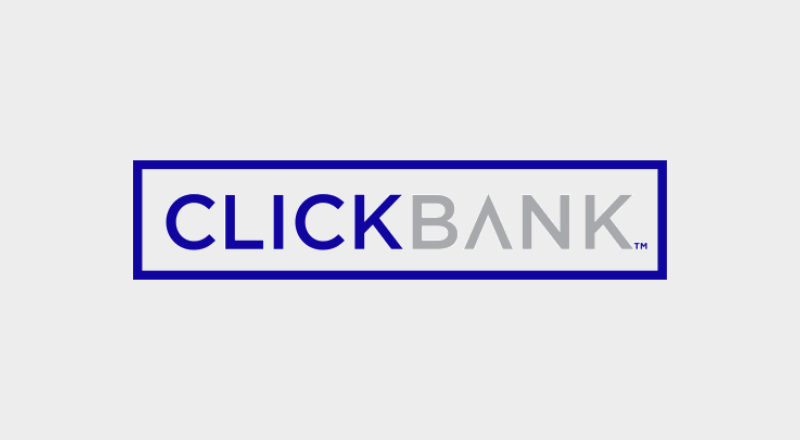
Starting a YouTube Channel for Affiliate Marketing
1. Set Up Your Channel
Choose a niche for your channel, similar to how you would with a blog. The key to success on YouTube is consistency in topic and content. Use a name that reflects your niche and consider creating a visually appealing logo and banner to brand your channel.
2. Create Engaging Video Content
To succeed with affiliate marketing on YouTube, your videos need to provide value. Review products, give tutorials, or create “Top 10” lists in your niche. The more informative and engaging your videos are, the more likely people are to watch them, trust your recommendations, and use your affiliate links.

For example, if your channel is about tech, create unboxing videos or in-depth product reviews. Make sure to include affiliate links in your video descriptions.
3. Leverage YouTube SEO
YouTube is the second largest search engine, so optimizing your videos for search is crucial:
- Use Keywords: Research relevant keywords and include them in your video titles, descriptions, and tags.
- Engaging Thumbnails: Thumbnails play a significant role in video click-through rates. Make them eye-catching and relevant to the video content.
- Add Affiliate Links: Always include affiliate links in your video description, and verbally mention them in the video as well.
How Claude AI and ChatGPT Can Help with Content Creation
Creating content consistently can be challenging, but AI tools like Claude AI and ChatGPT can be valuable assistants in your affiliate marketing journey.
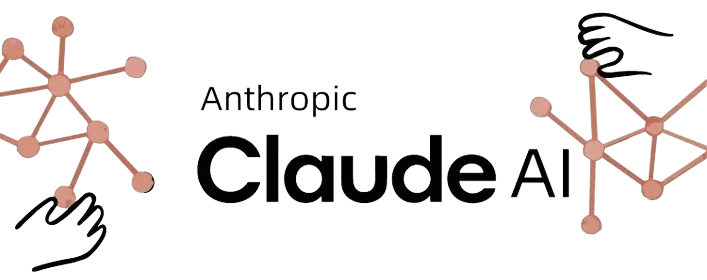
1. Generating Blog Posts and Scripts
Both AI tools can generate blog posts, product reviews, or video scripts for your channel. Simply provide the AI with details about your niche and the product you’re promoting, and it can help create compelling content. You can also use AI to draft content ideas, structure your posts, or even research a topic quickly.
2. Product Descriptions and Reviews
AI can write product descriptions or reviews that are detailed and engaging, saving you time while ensuring your content remains high-quality. For affiliate marketers, generating product reviews quickly means you can cover more products and reach a broader audience.
3. SEO Optimization
AI can assist with keyword research, meta descriptions, and SEO-optimized blog posts. Tools like ChatGPT can help you come up with creative titles, opening paragraphs, and call-to-action phrases that naturally incorporate your keywords.
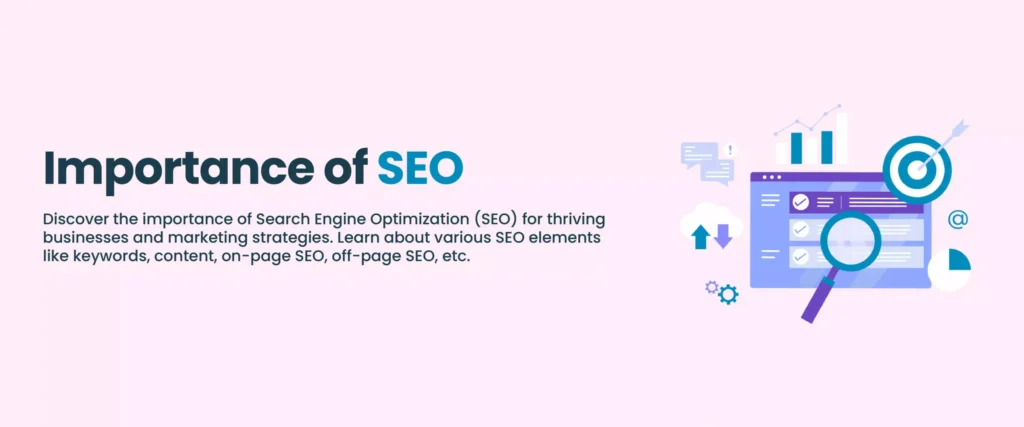
4. Content Idea Generation
Struggling to come up with new content ideas? AI can help brainstorm content topics based on trends, seasonality, or your niche. It can even help structure content for listicles, comparison posts, or tutorials.
Building an Audience and Driving Traffic
Building an audience is key to affiliate marketing success. Here are a few strategies to grow your blog or YouTube channel:
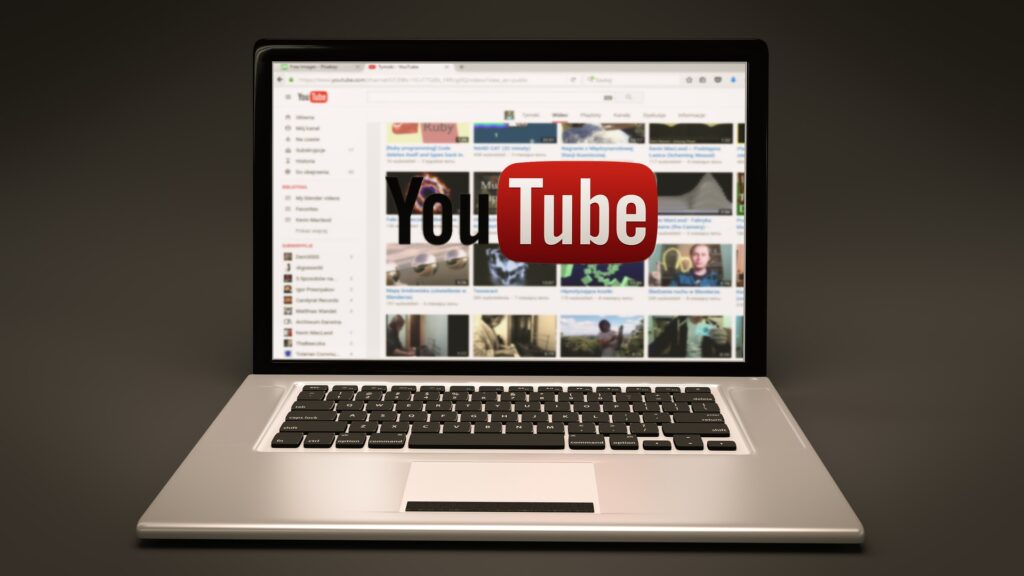
- Consistency: Post content regularly, whether it’s blog posts or YouTube videos.
- Engage on Social Media: Share your content on platforms like Instagram, Twitter, or Pinterest to reach a wider audience.
- Email Marketing: Build an email list to notify your subscribers when you post new content or special offers.
- Collaborations and Guest Posts: Partner with other bloggers or YouTubers in your niche to grow your audience faster.

To conclude
Affiliate marketing is a powerful way to make money by leveraging content creation through a blog or YouTube channel. By targeting a specific audience and consistently producing valuable content, you can drive traffic, build trust, and generate income from affiliate commissions. Tools like Claude AI and ChatGPT can make the process of content creation easier and faster, allowing you to scale your efforts and focus on building a successful side hustle.
Whether you’re reviewing tech gadgets, teaching financial literacy, or offering beauty tips, affiliate marketing is a great way to monetize your passion and expertise. With patience and dedication, your blog or YouTube channel could become a substantial source of income.

